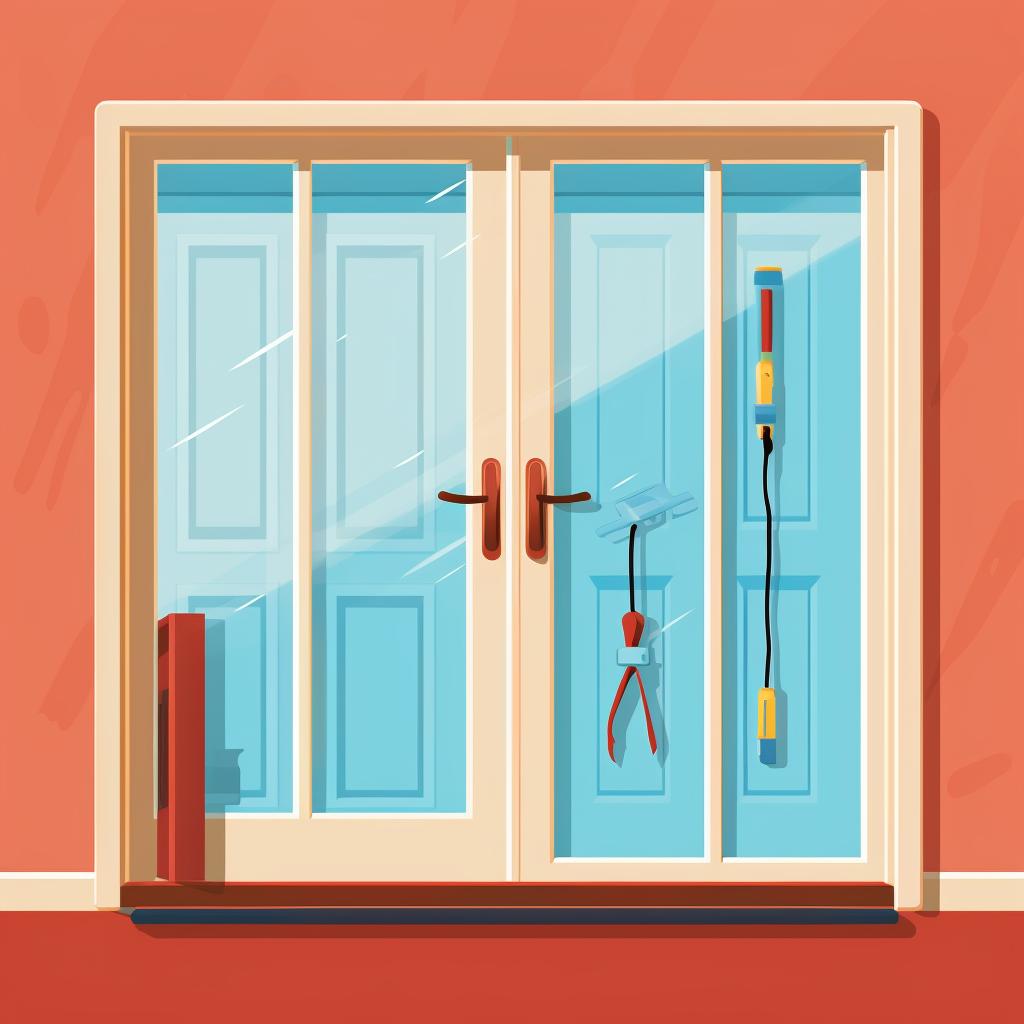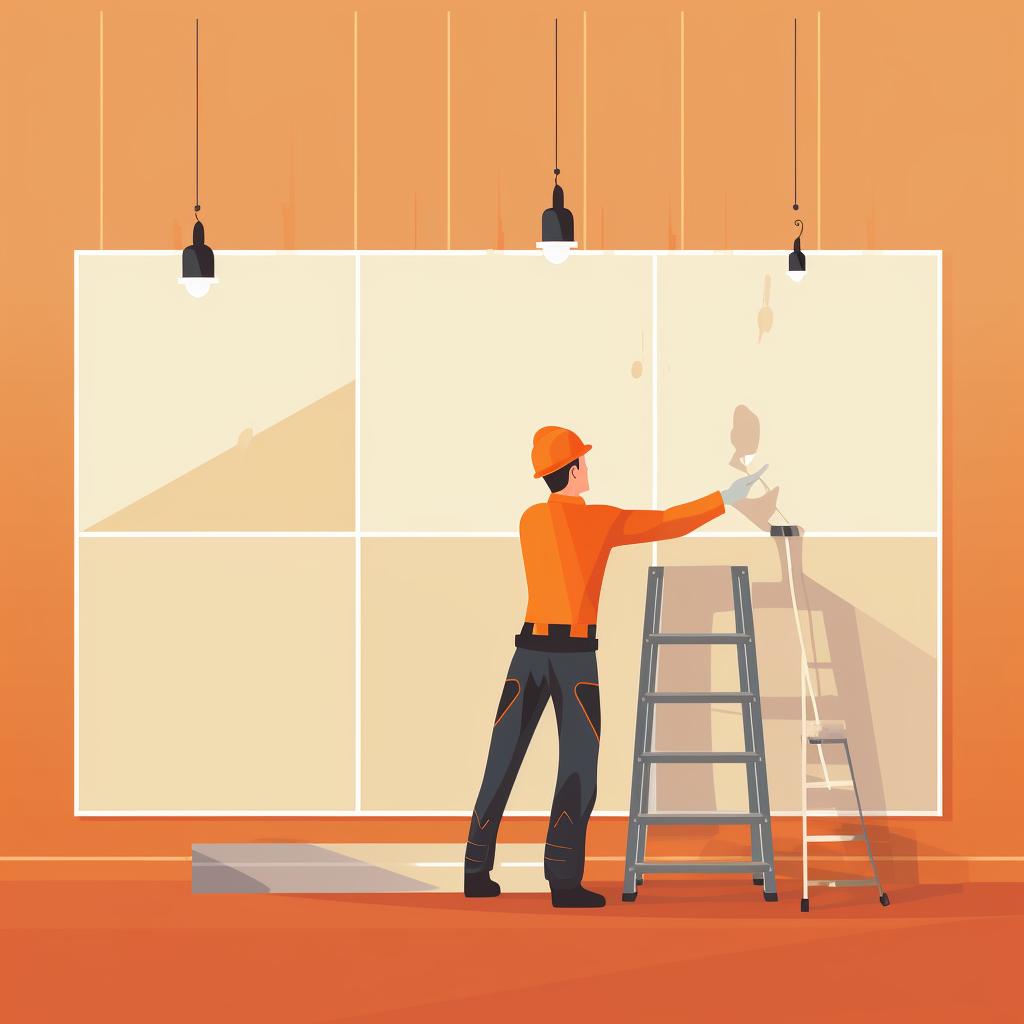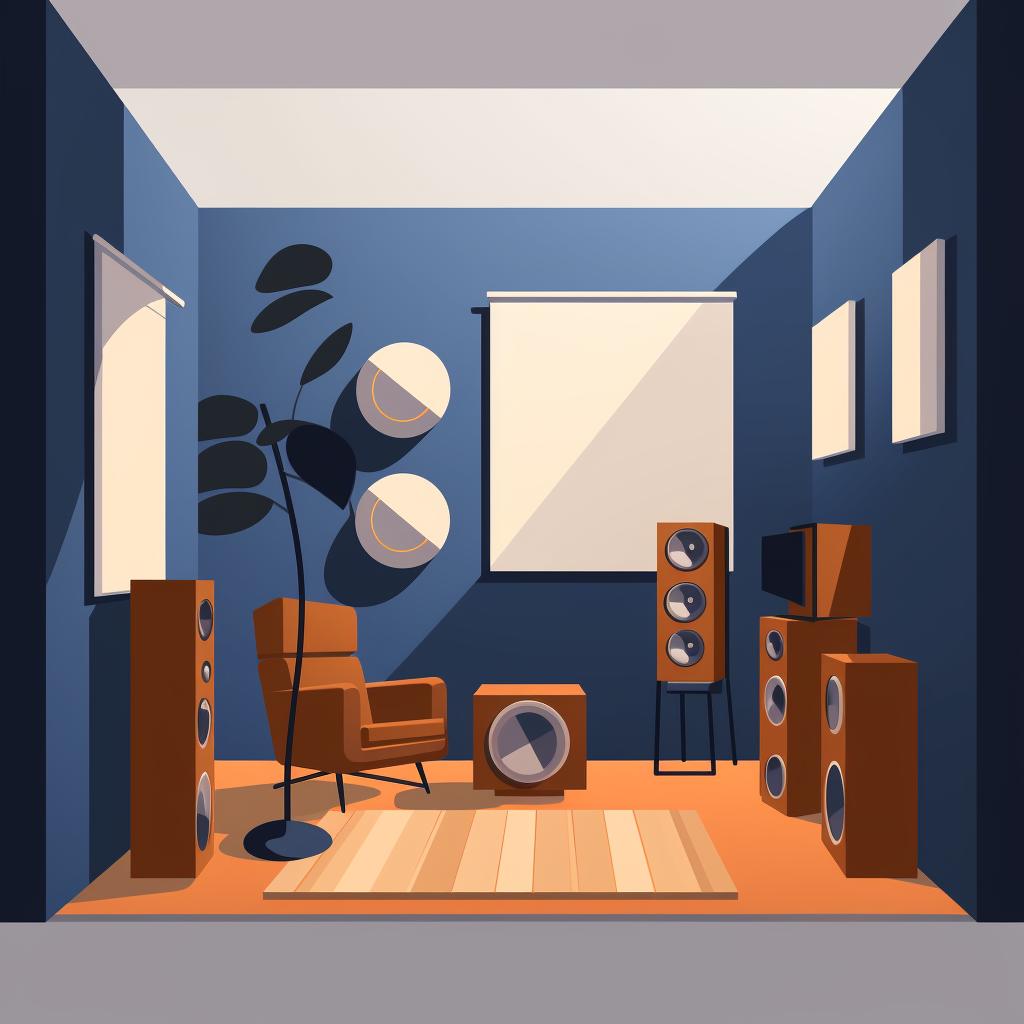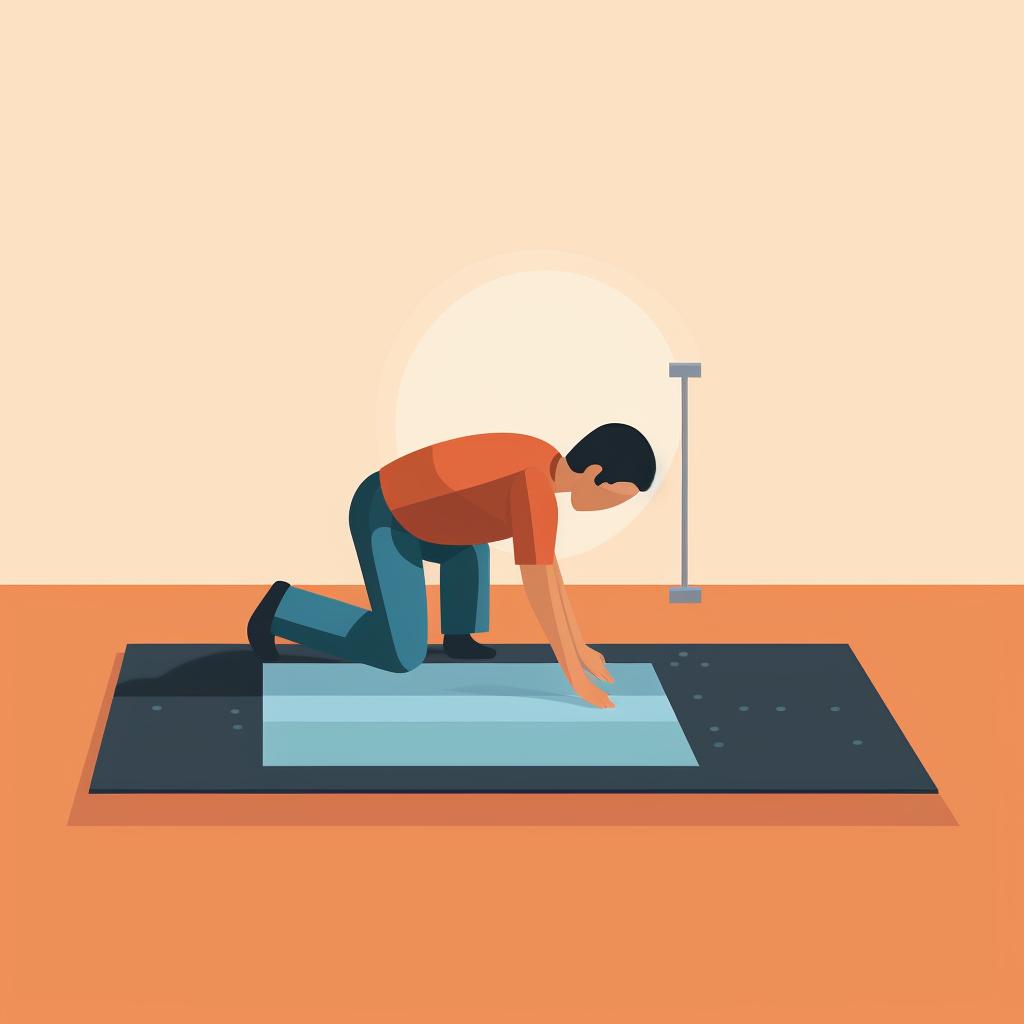🔇 Soundproofing Your Home Studio: A Step-by-Step Guide 🔇
Soundproofing your home studio is a crucial step in ensuring crisp, clear, and professional audio recordings. Whether you're setting up a home studio for the first time or looking to improve your existing setup, our step-by-step guide above provides practical solutions to common soundproofing challenges.
Identifying noise sources is the first step towards a soundproof studio. Once you've pinpointed these noise culprits, you can focus your soundproofing efforts where they're needed most. This could involve sealing gaps around doors and windows, which are common entry points for unwanted noise. Our guide on how to soundproof a studio to prevent sound leakage offers additional tips on this topic.
Acoustic panels, bass traps, and diffusers are essential tools for any home studio. They work by absorbing and scattering sound waves, reducing echo and background noise. If you're wondering if you can acoustically treat your home studio yourself, the answer is a resounding yes! With a bit of know-how and the right materials, you can significantly improve your studio's sound quality.
Don't forget about your floor. Hard surfaces can reflect sound waves, leading to unwanted echo. A simple solution is to add a carpet or rug, which can absorb these reflections and improve your room's acoustics.
Finally, it's essential to check your work. Record some audio and listen for any unwanted noise or echo. Adjust your soundproofing measures as needed until you're satisfied with the results. If you're still experiencing issues, you might find our FAQ on how to manage machine noise in a home recording studio setup helpful.
In conclusion, soundproofing your home studio doesn't have to be a daunting task. With the right approach and tools, you can create a professional recording environment right in your own home. Happy recording!



















